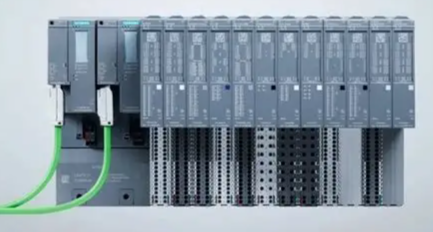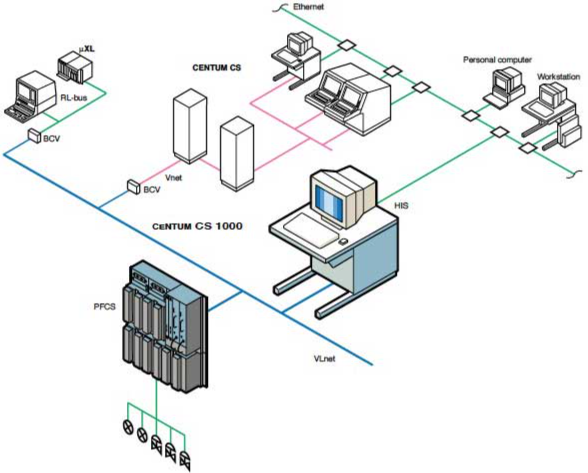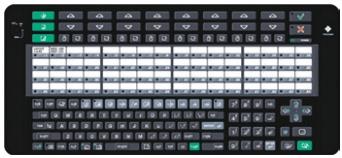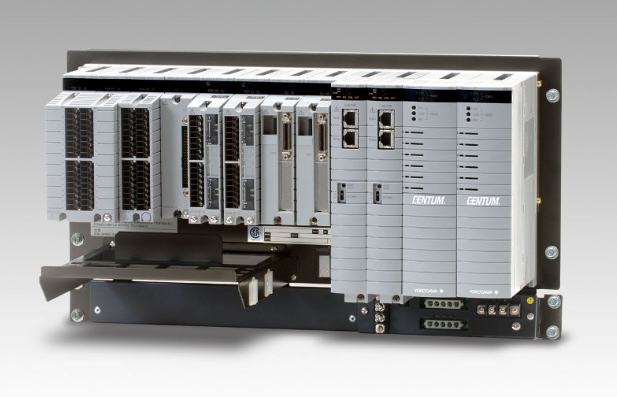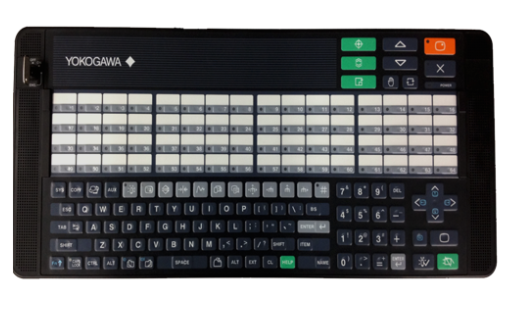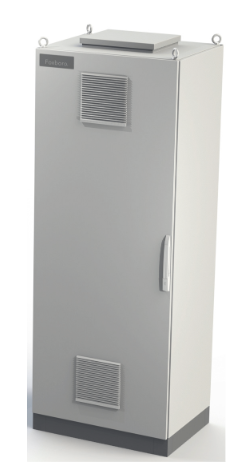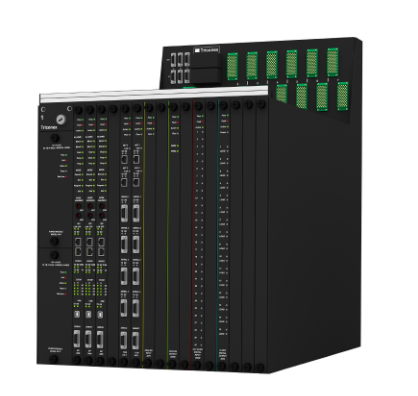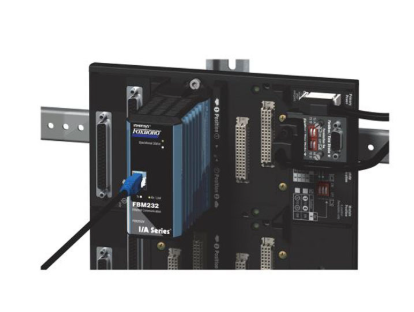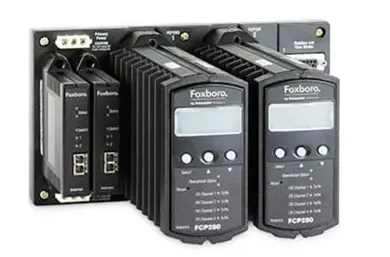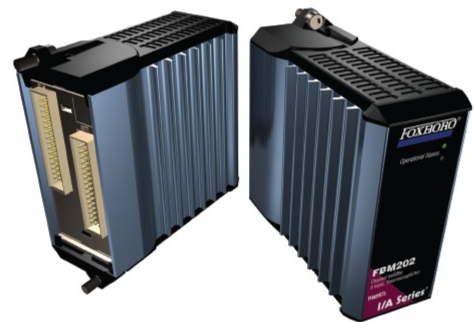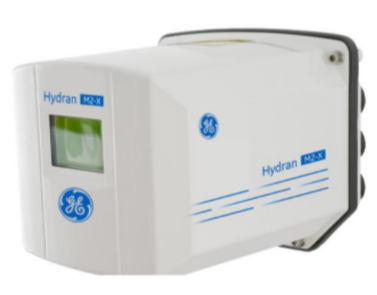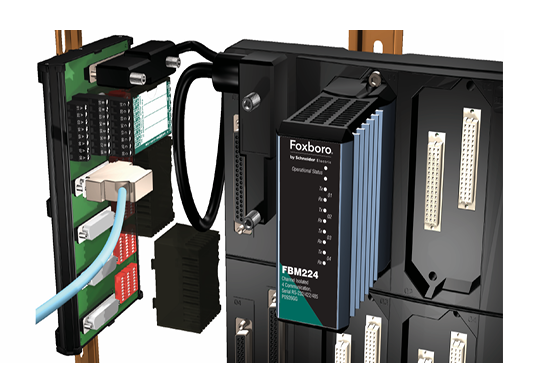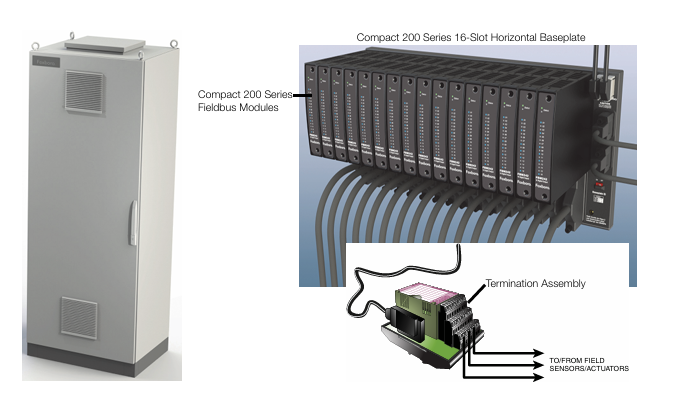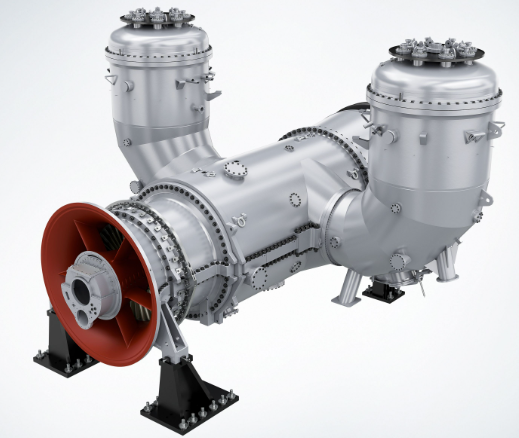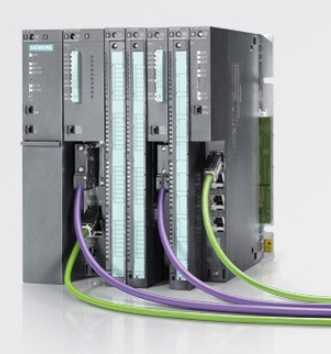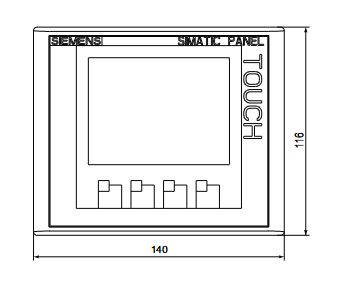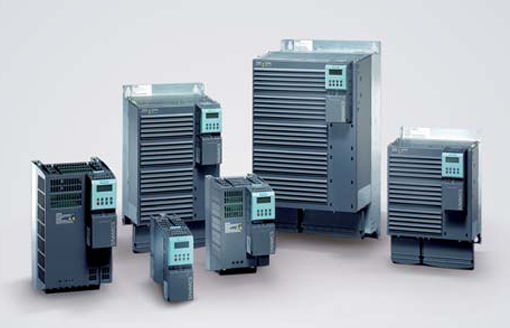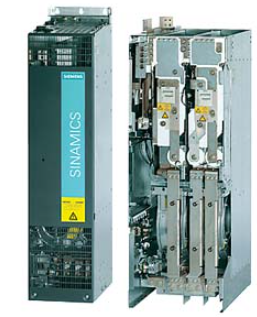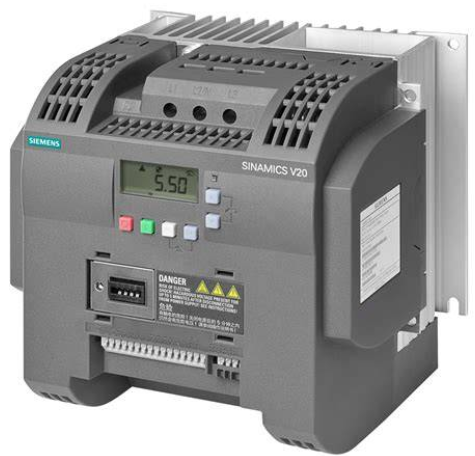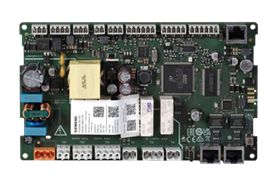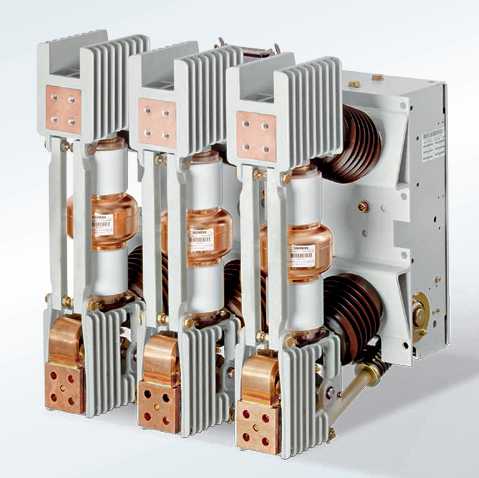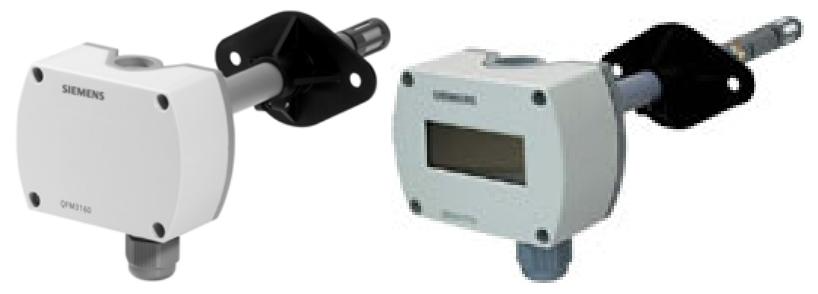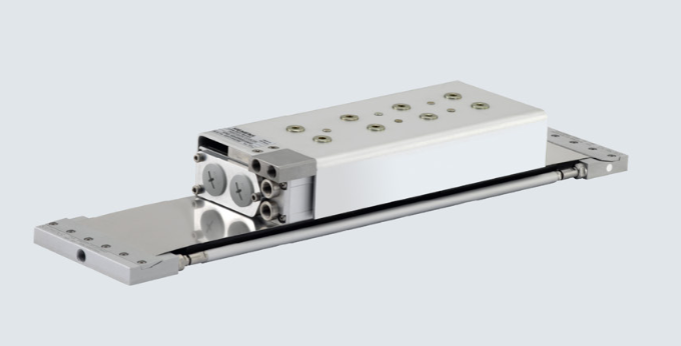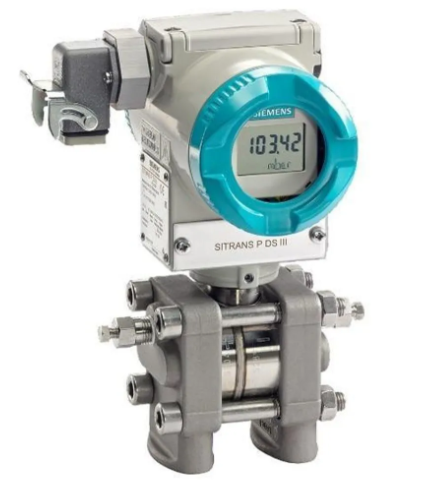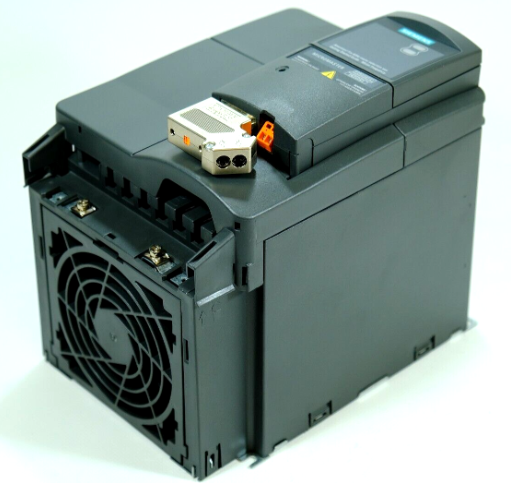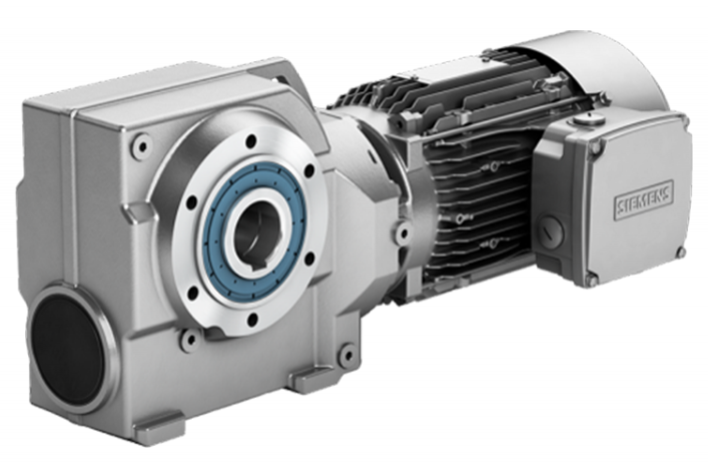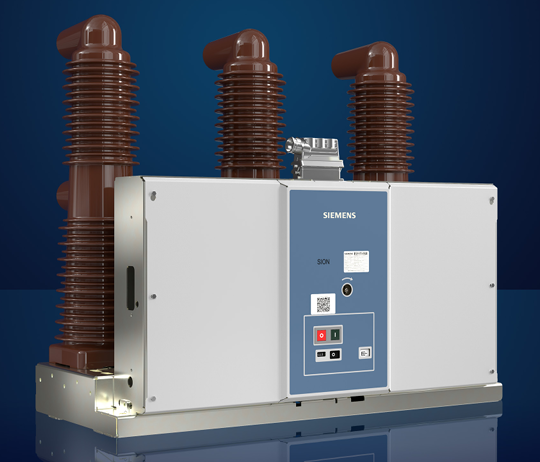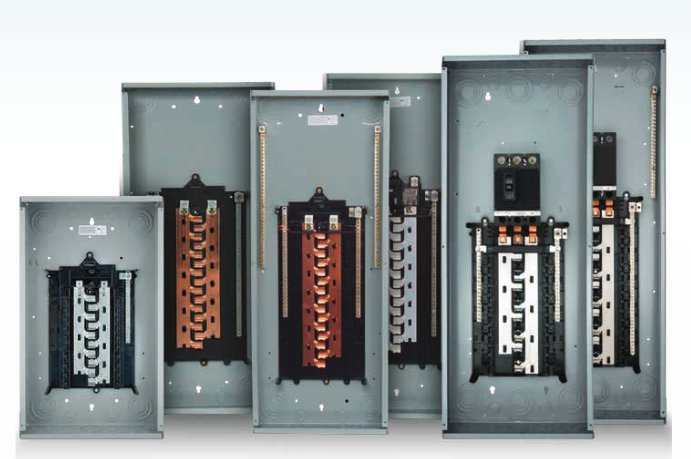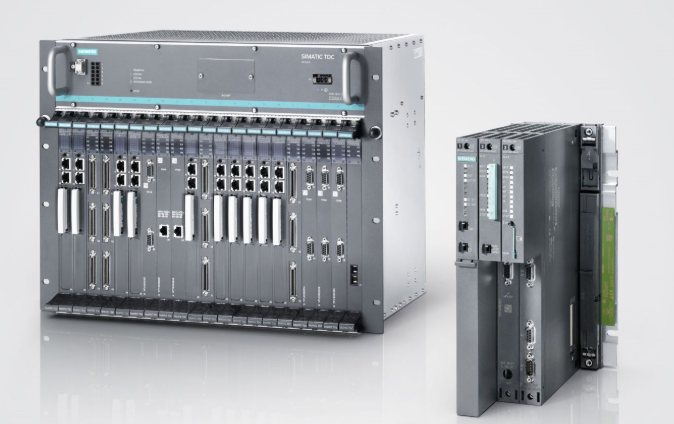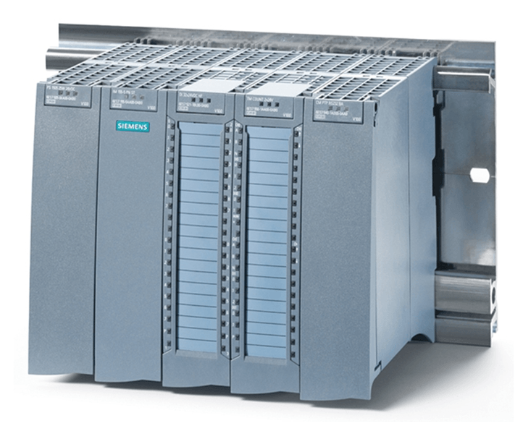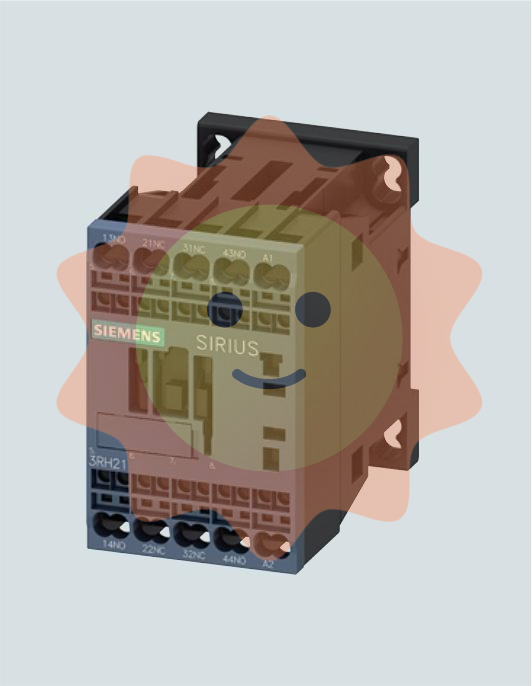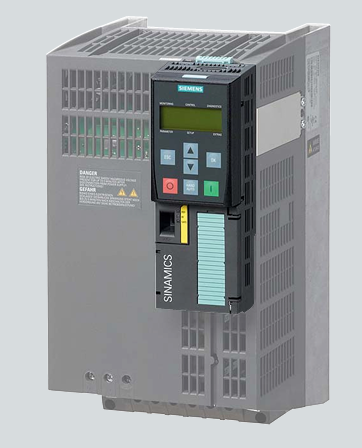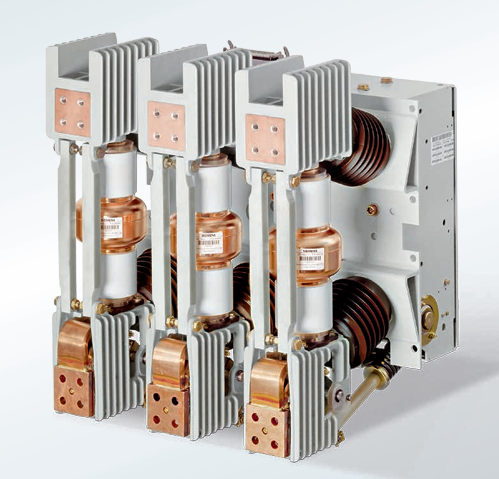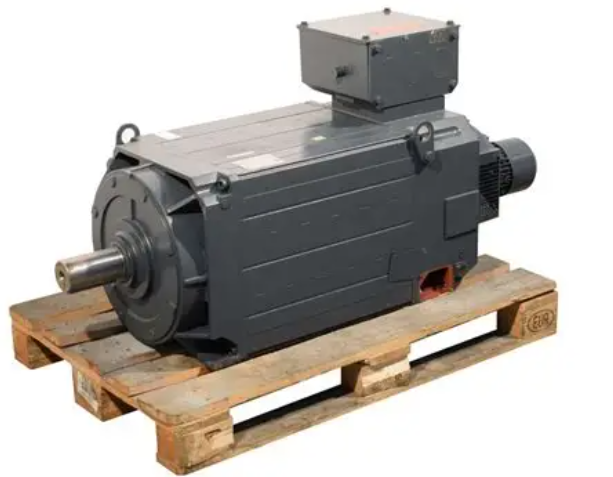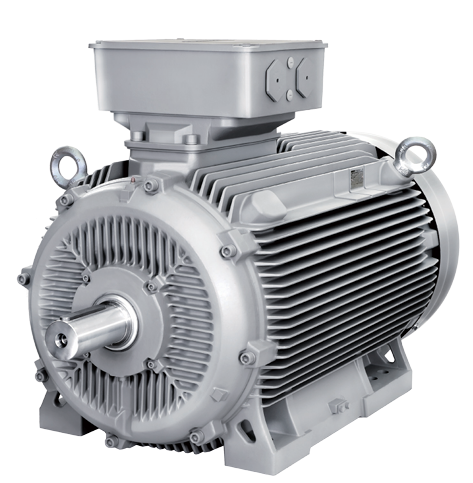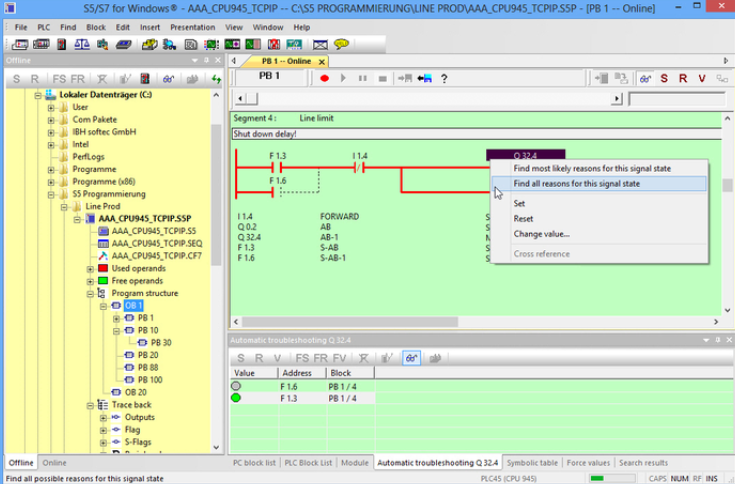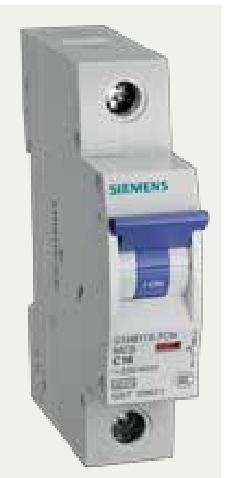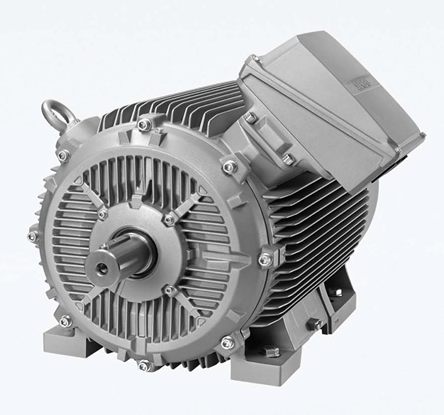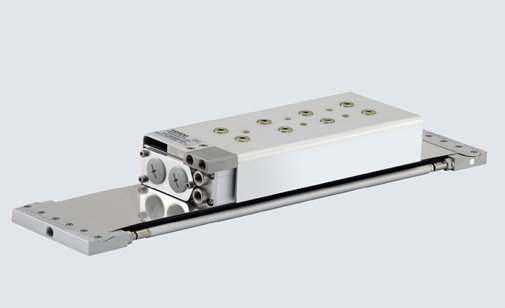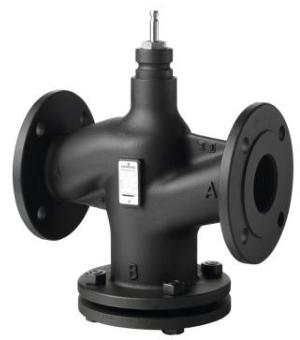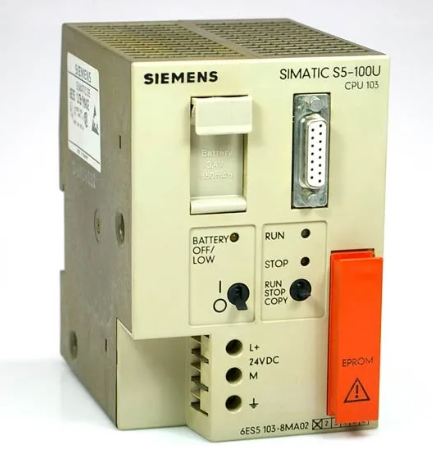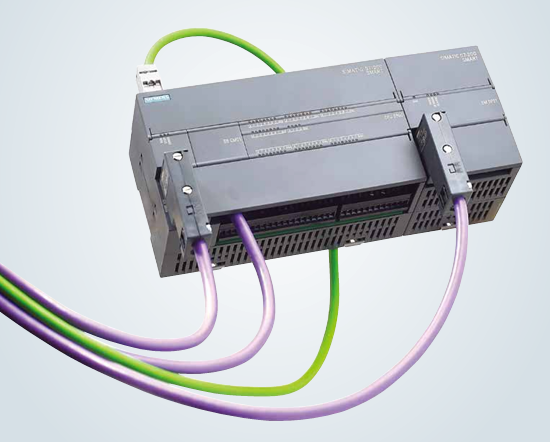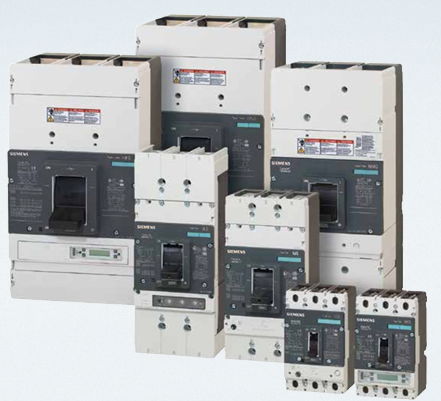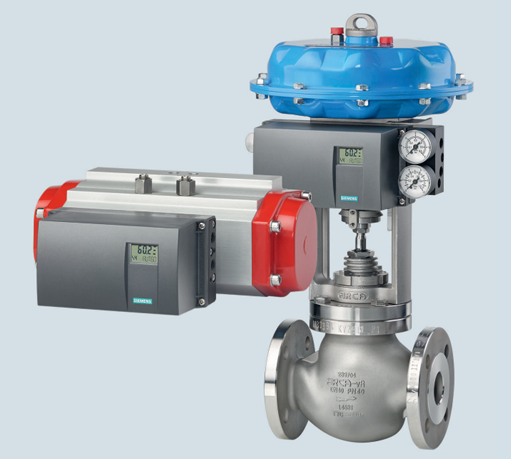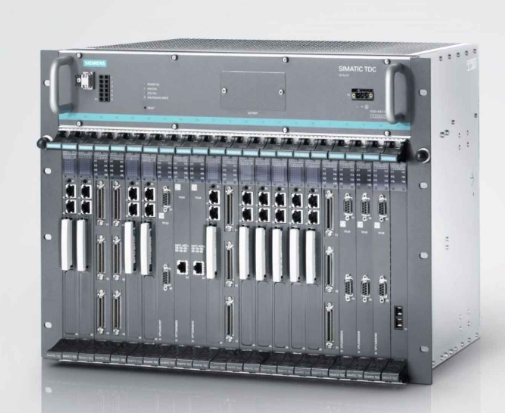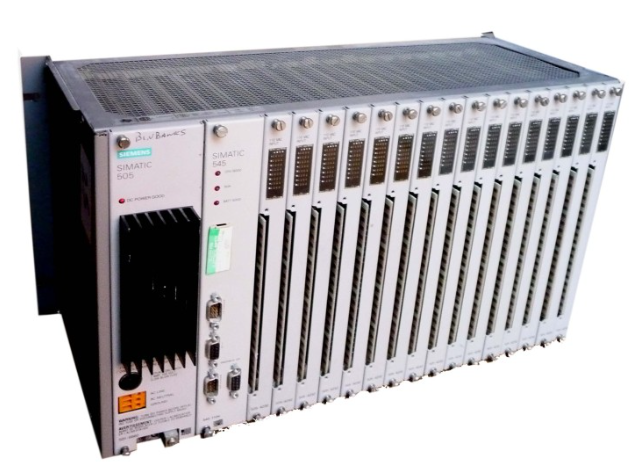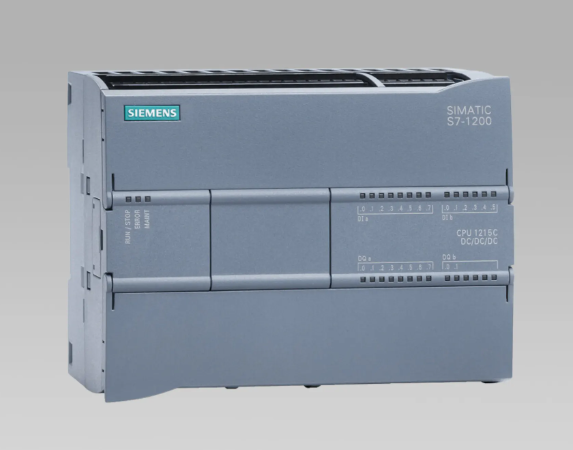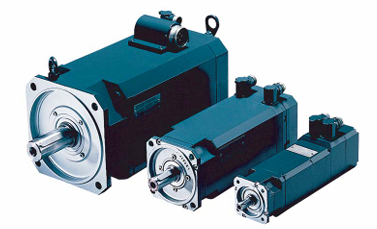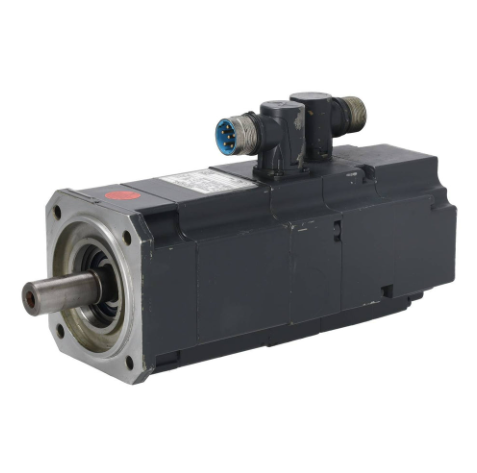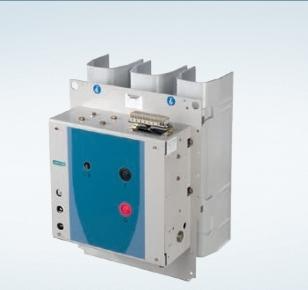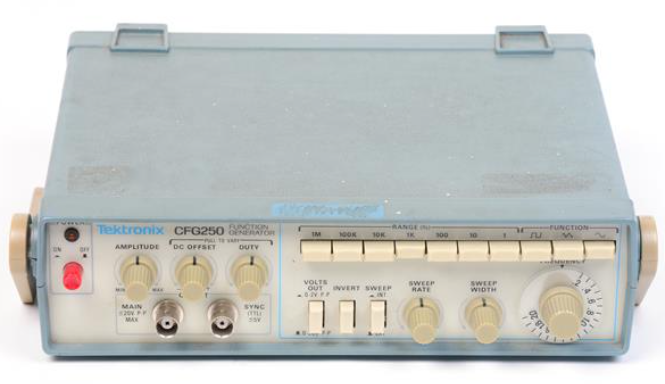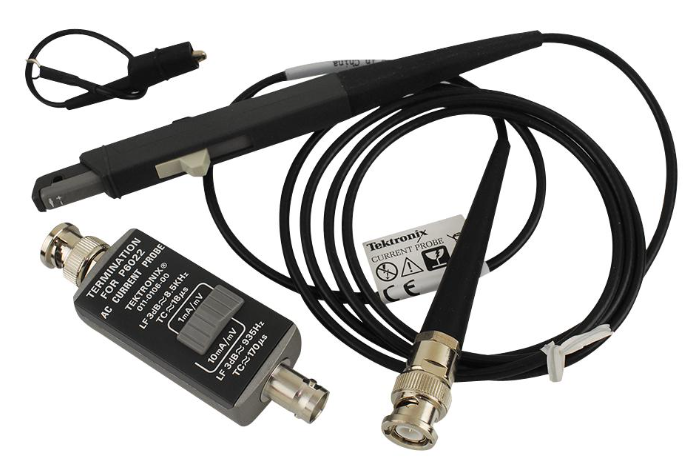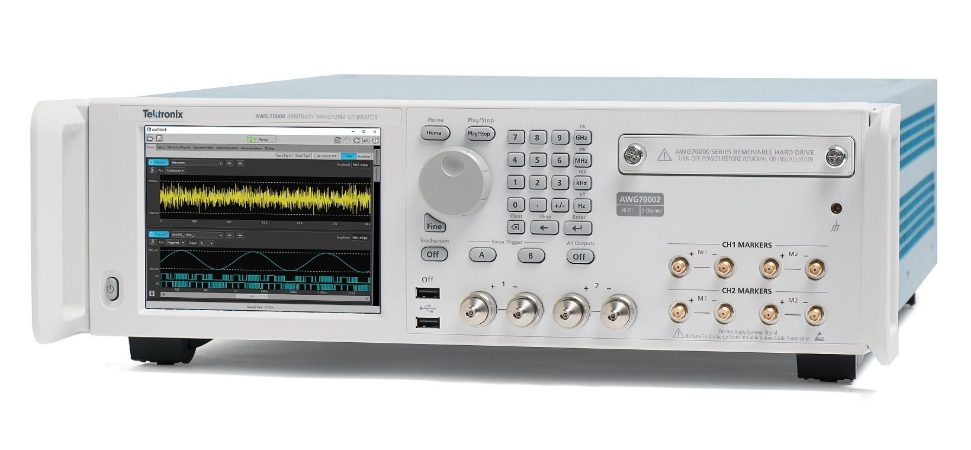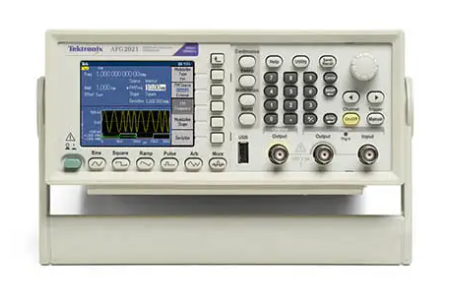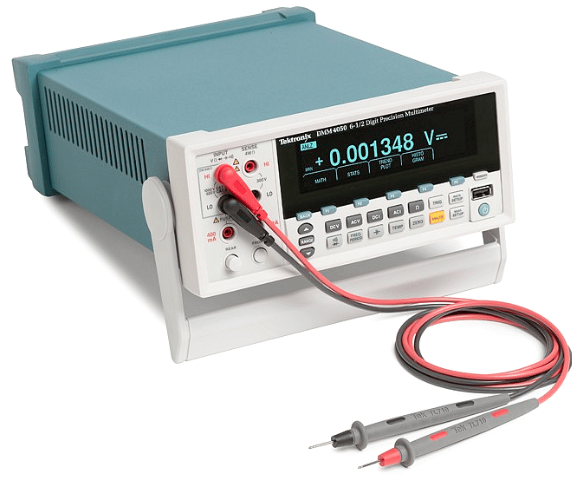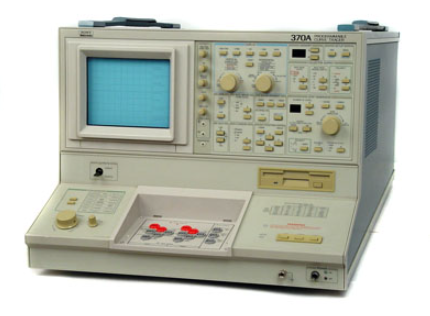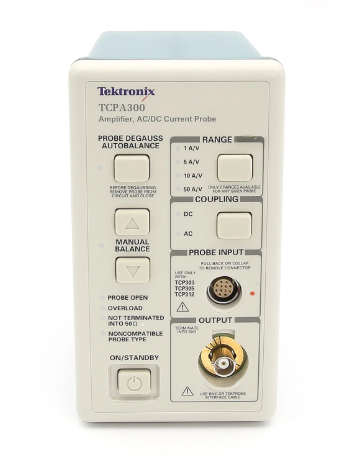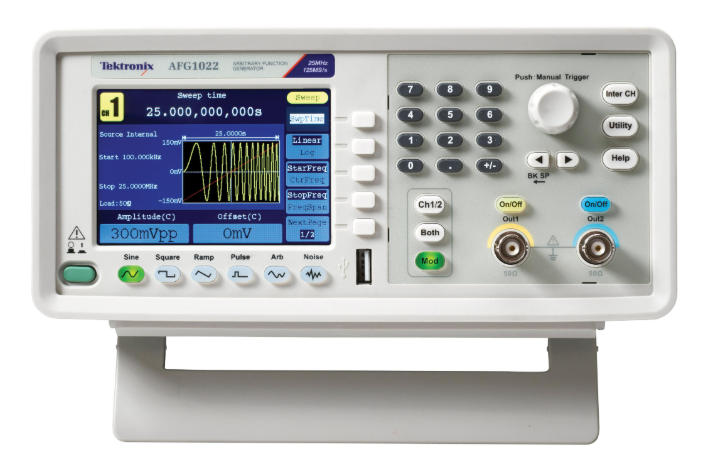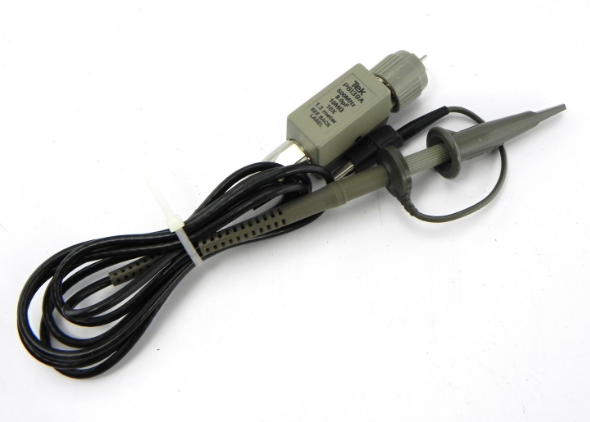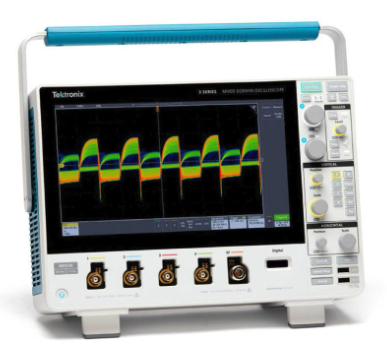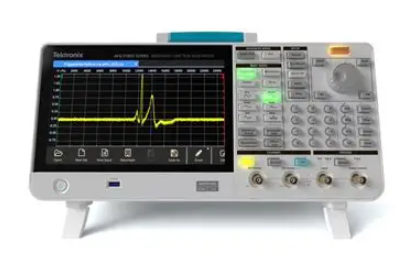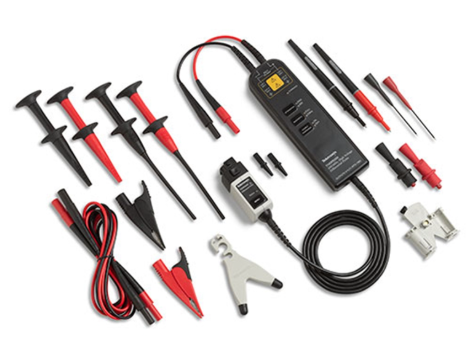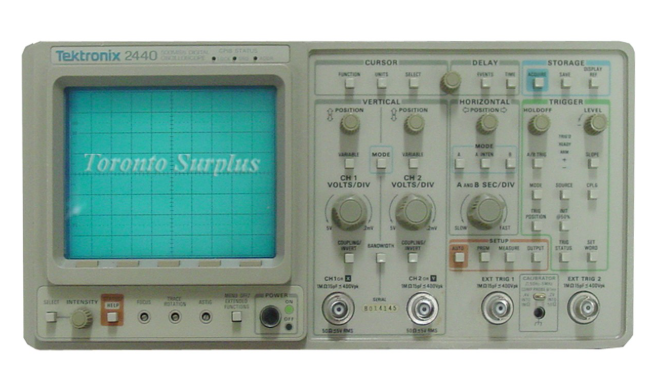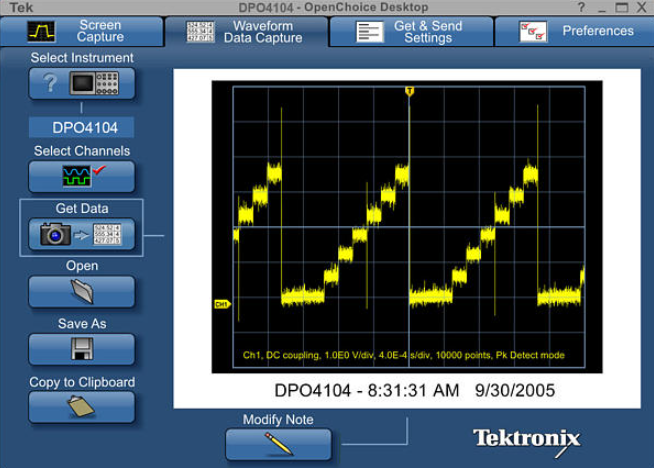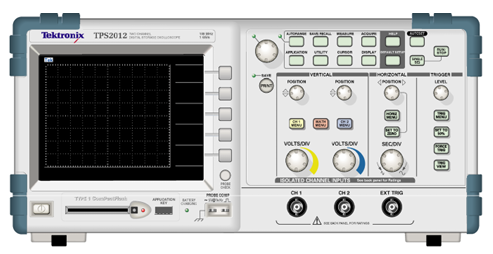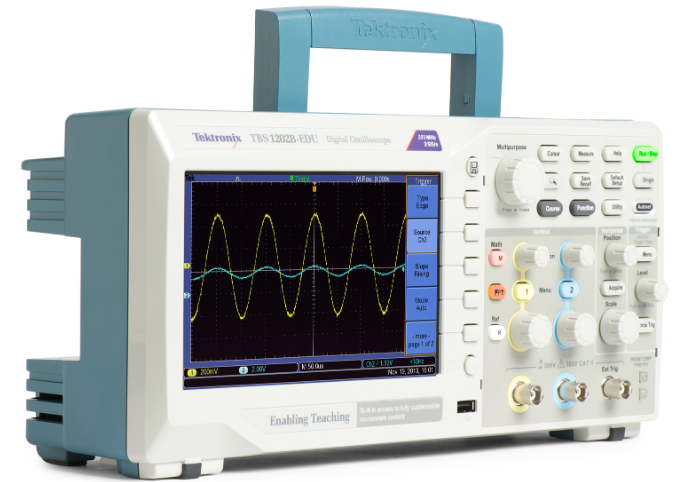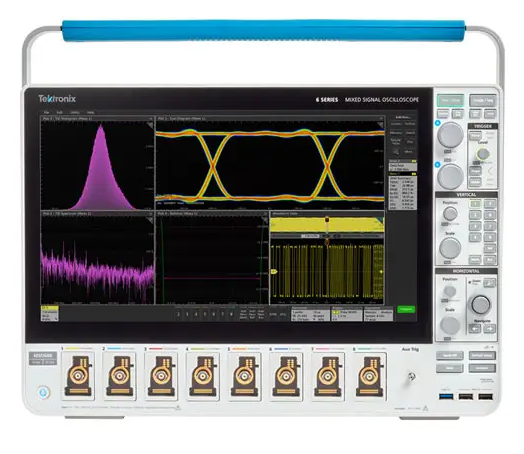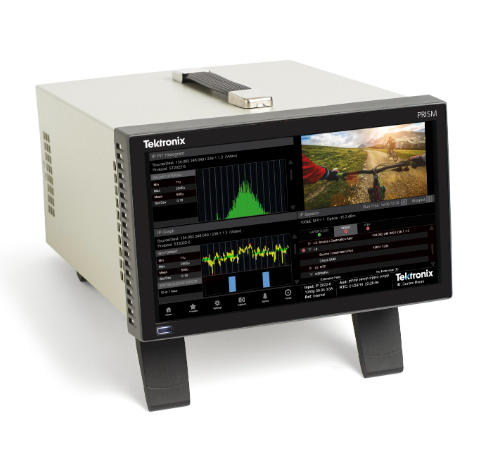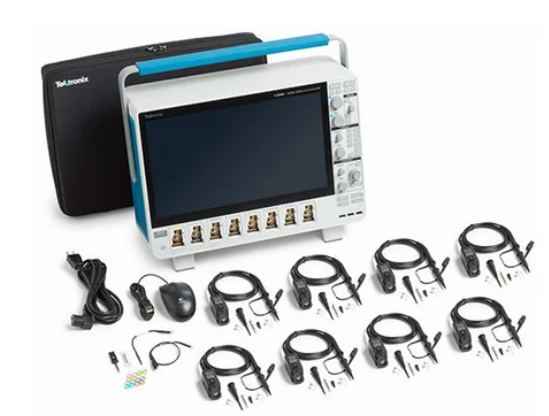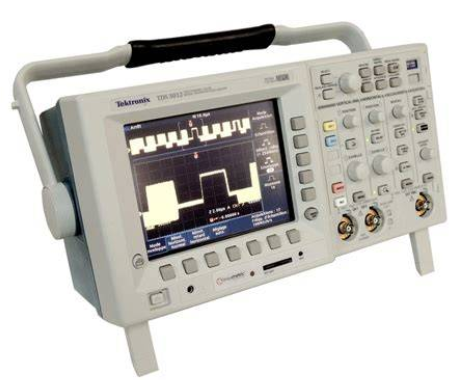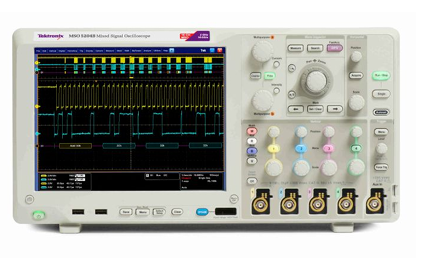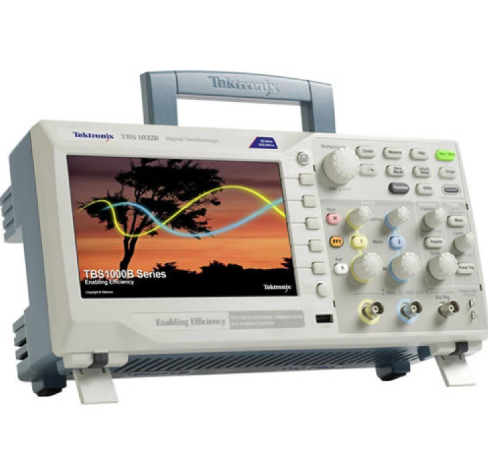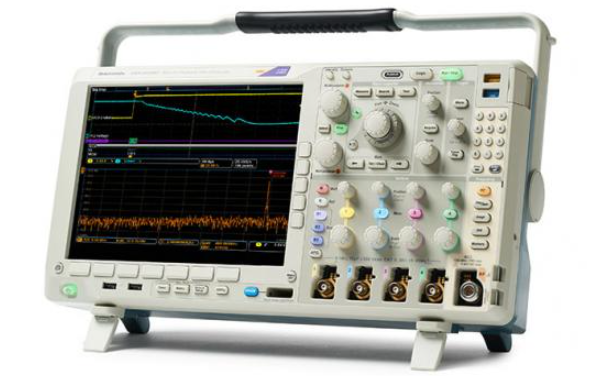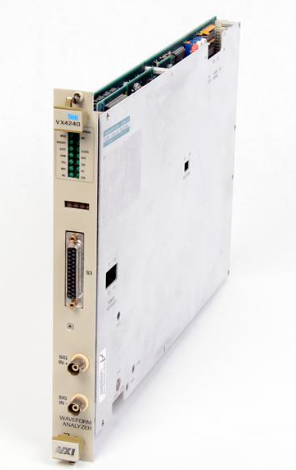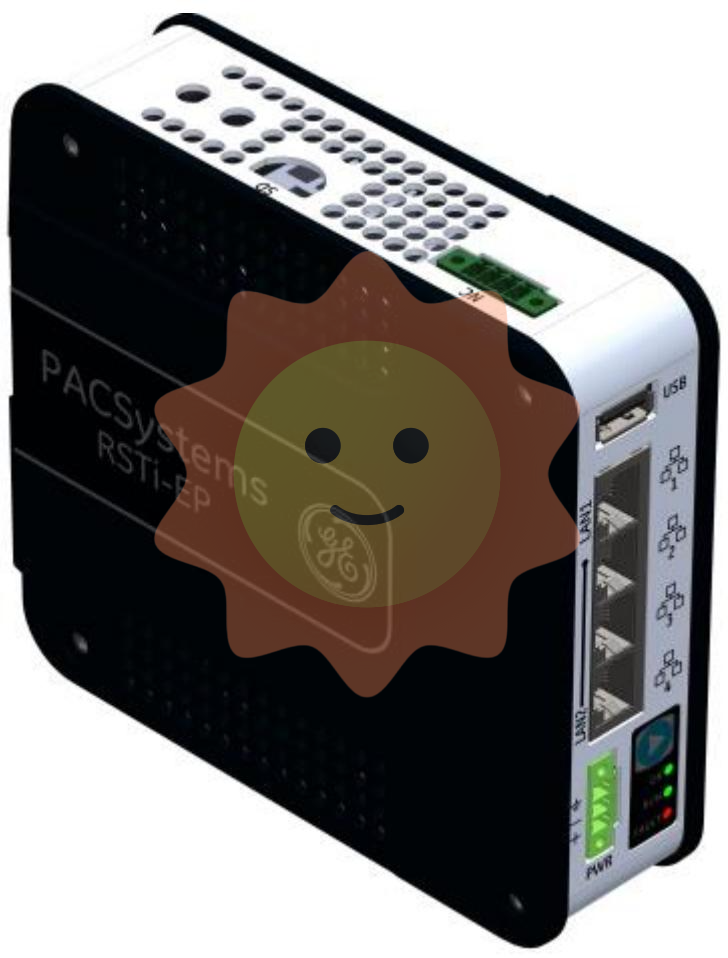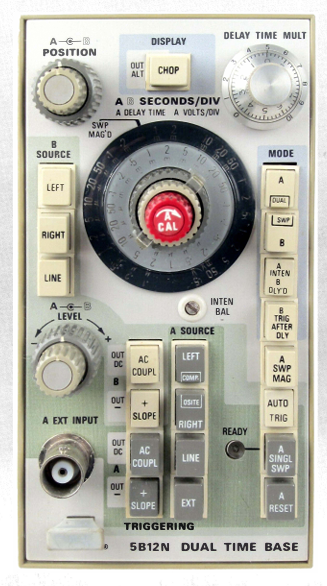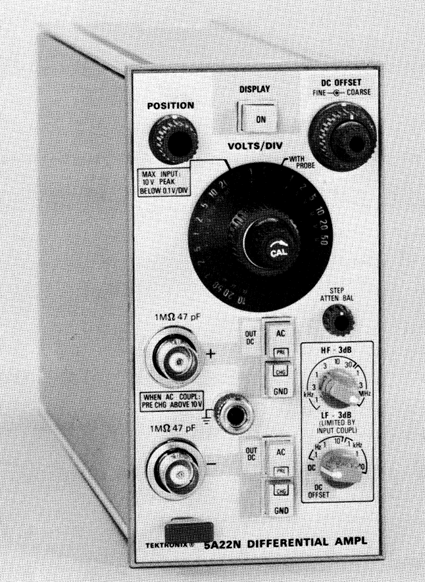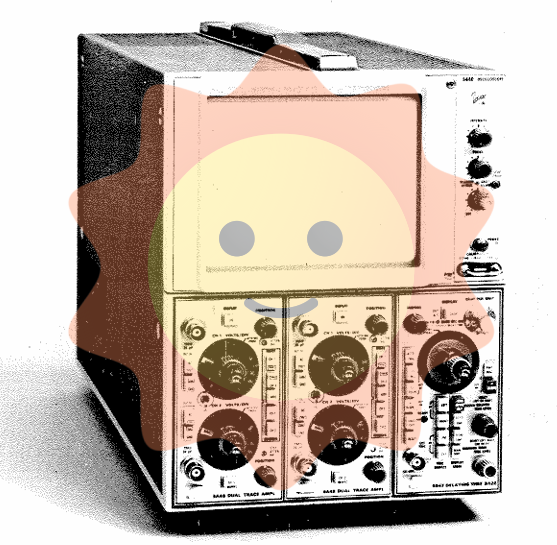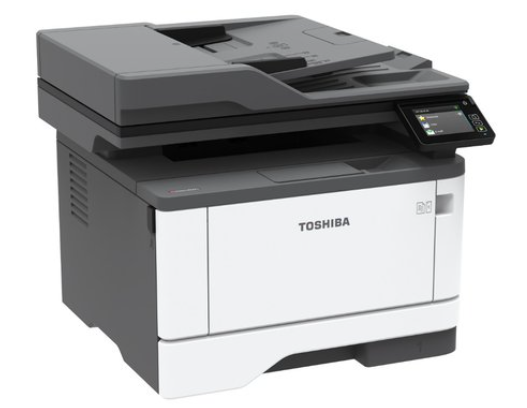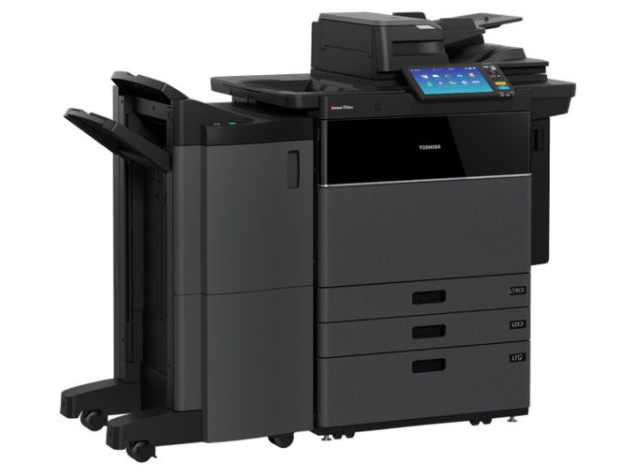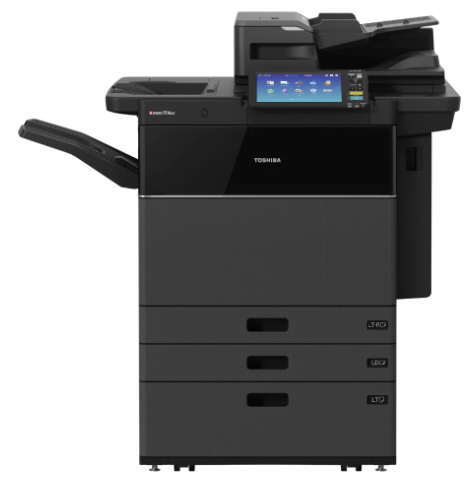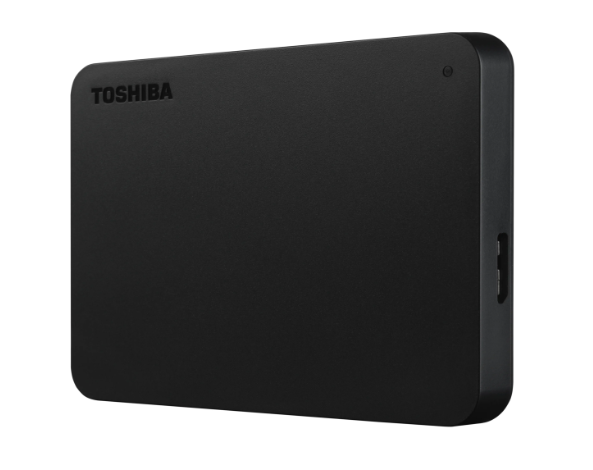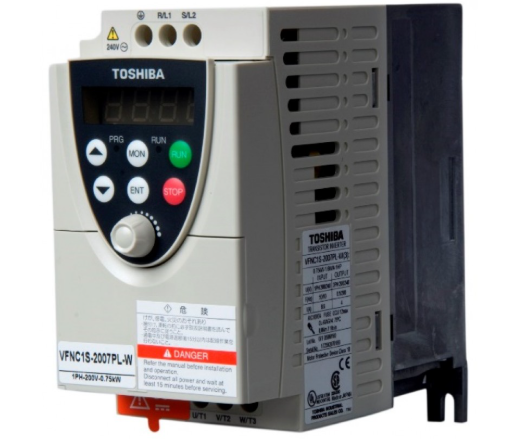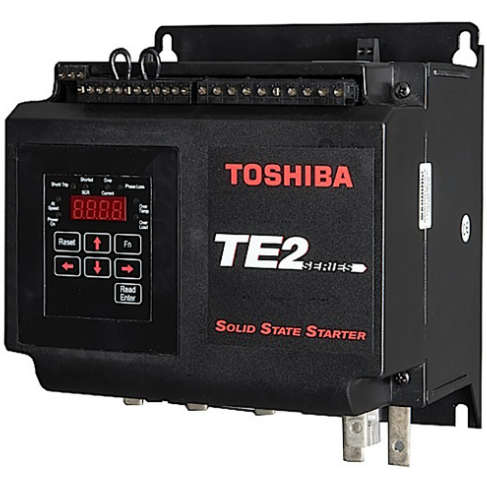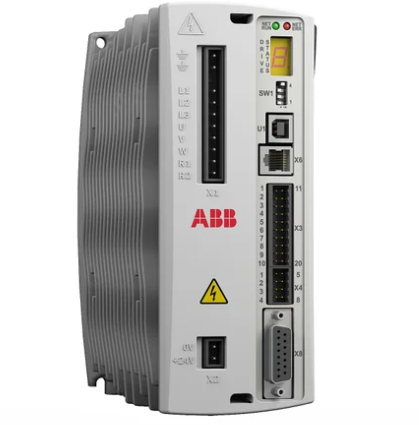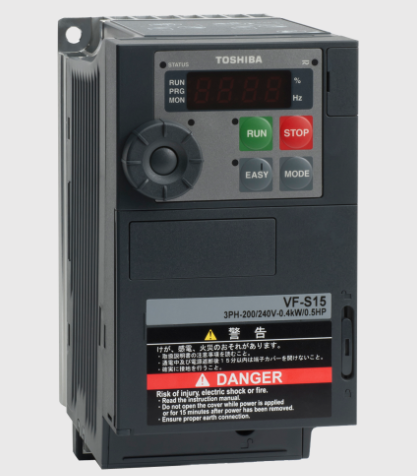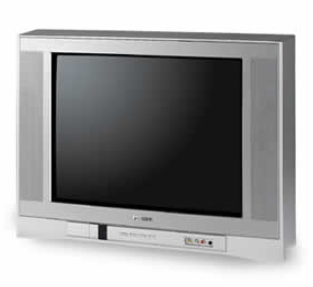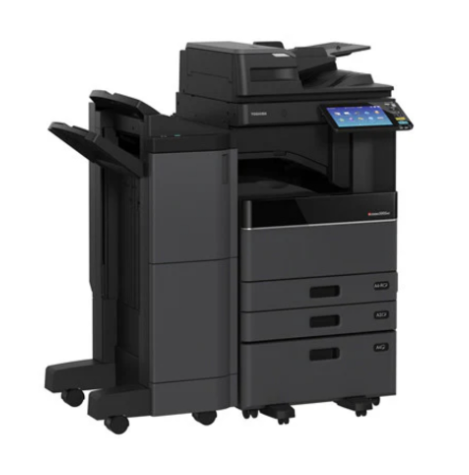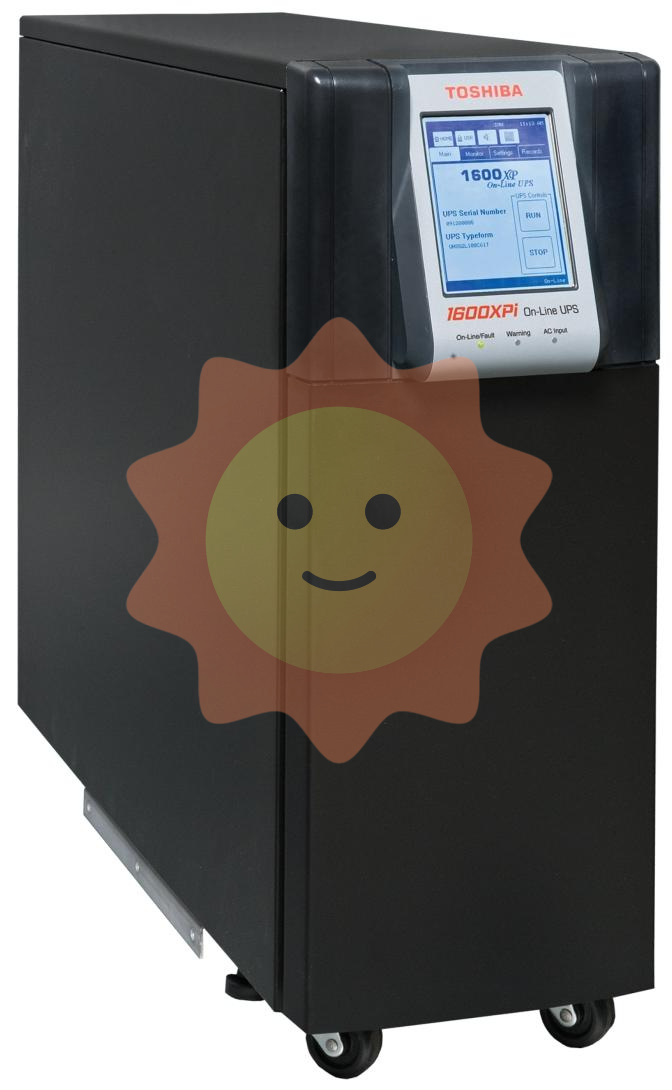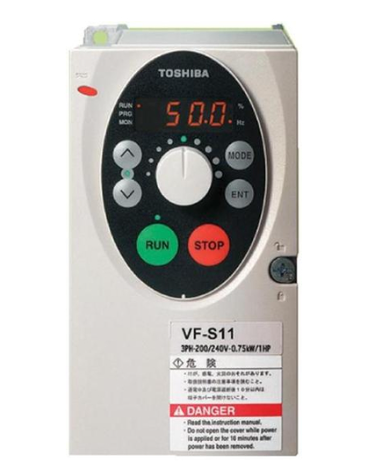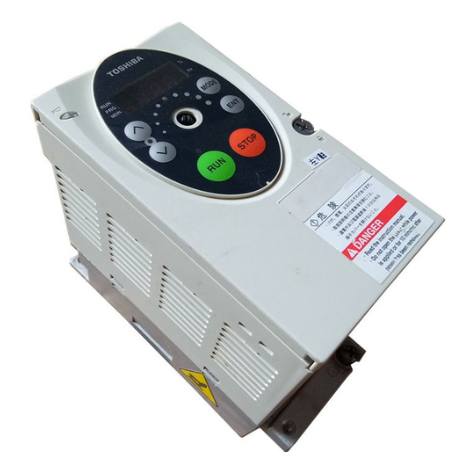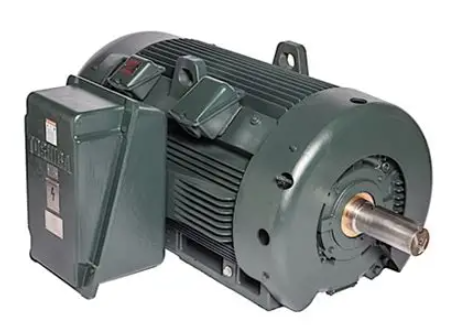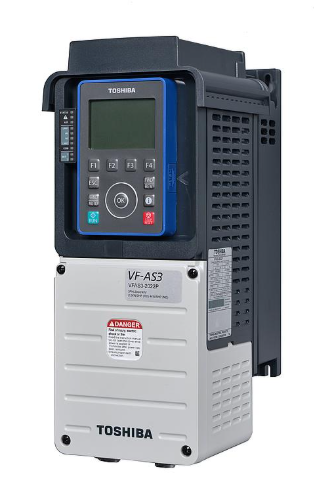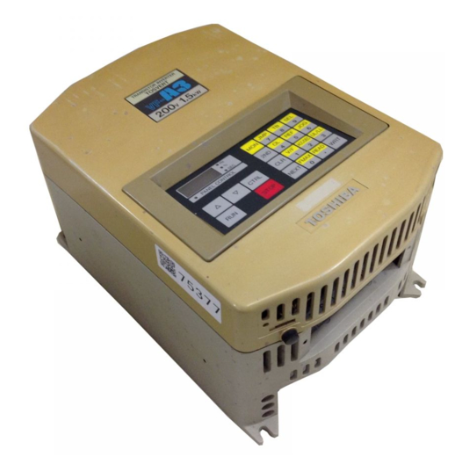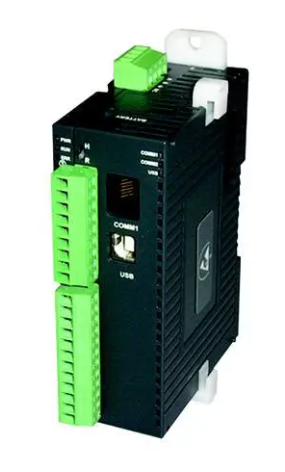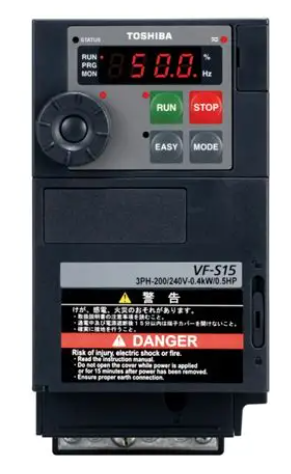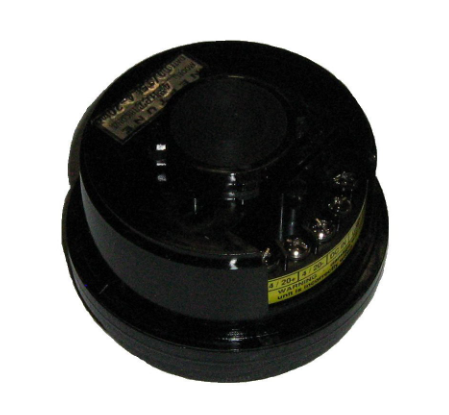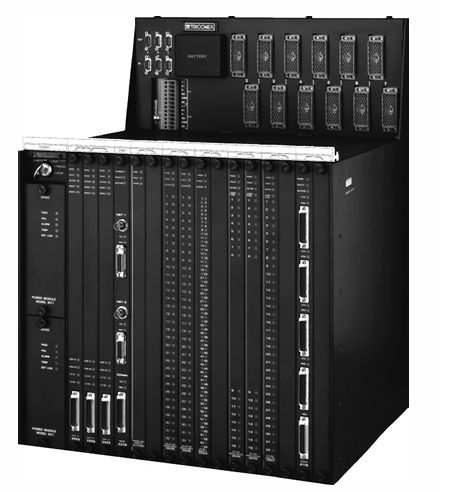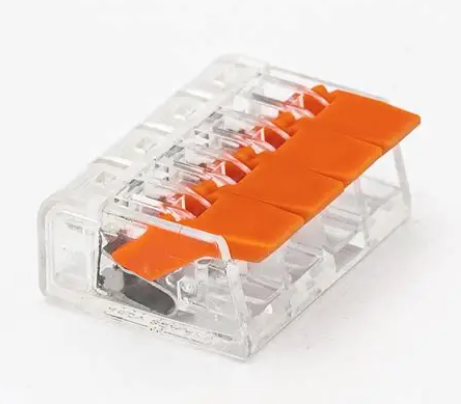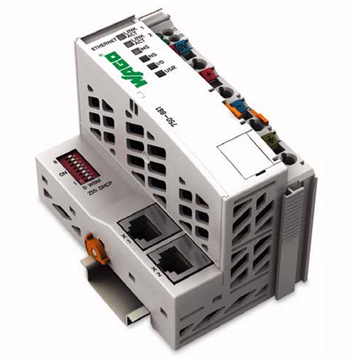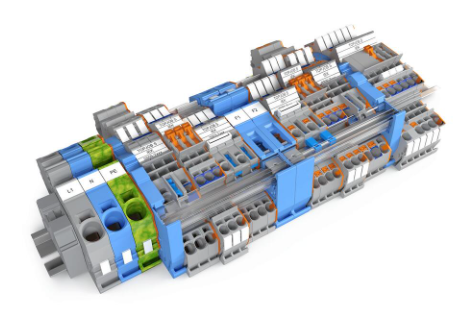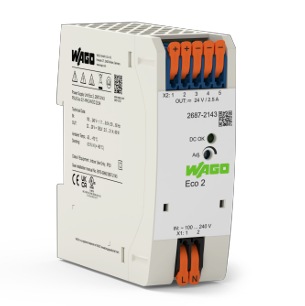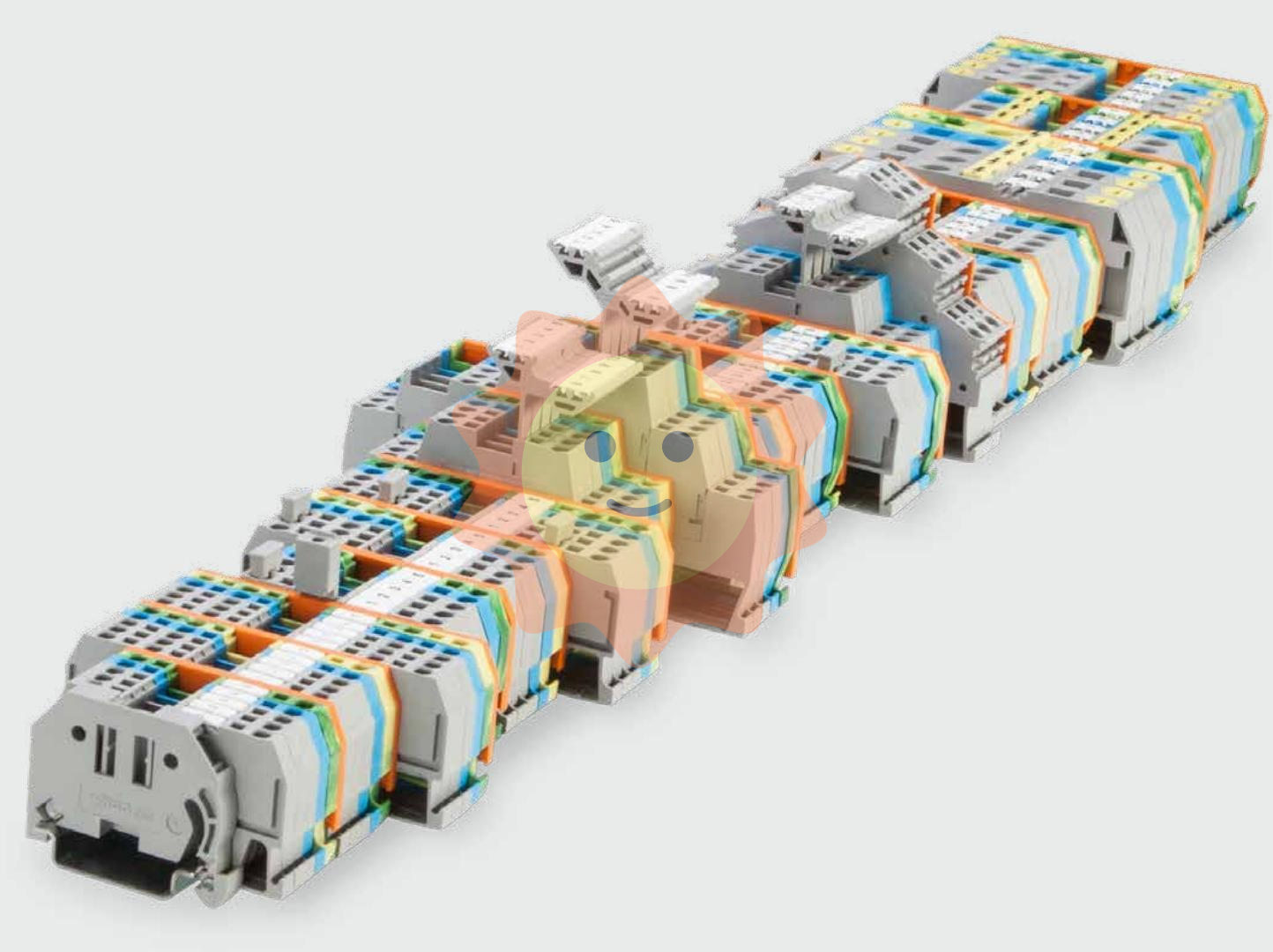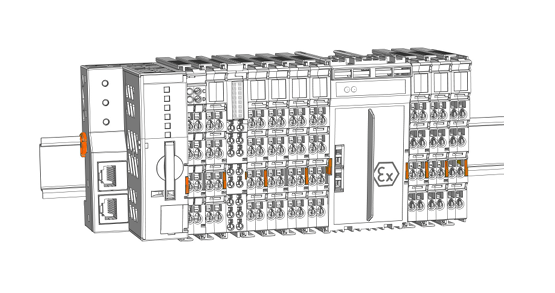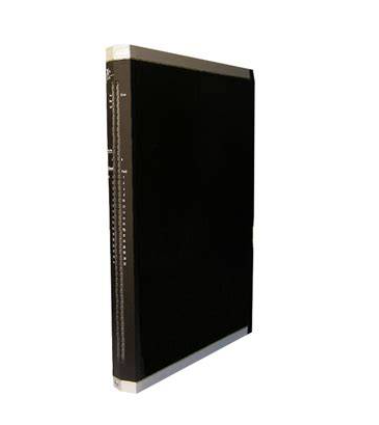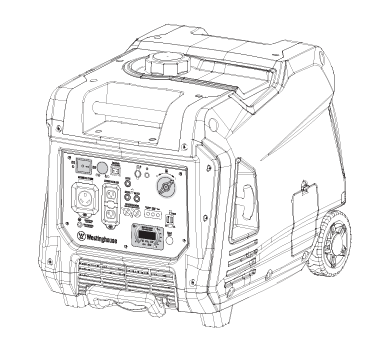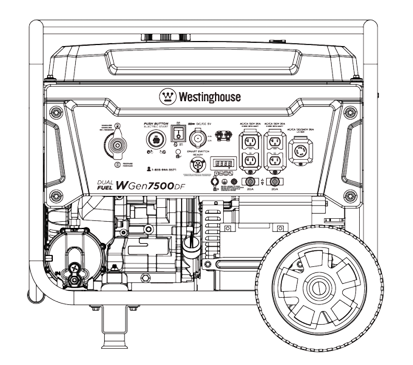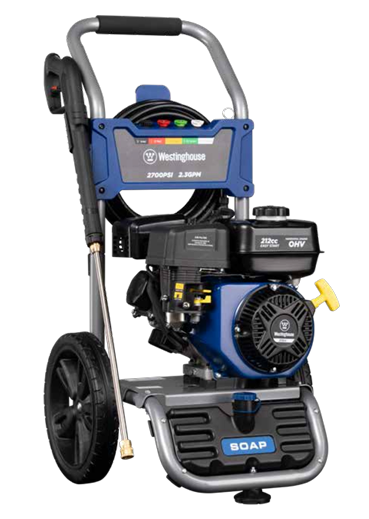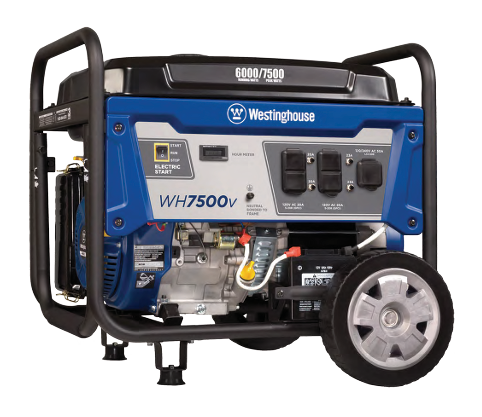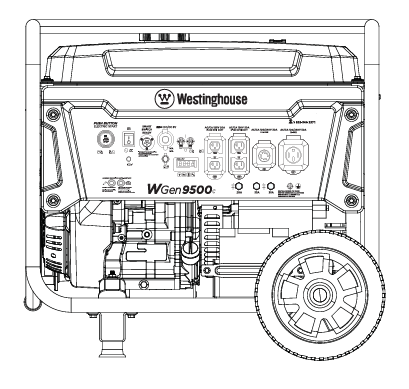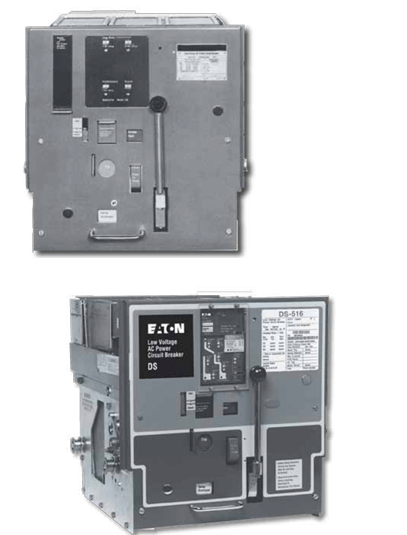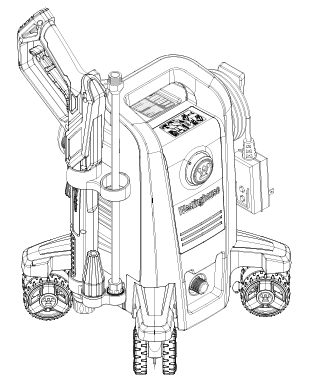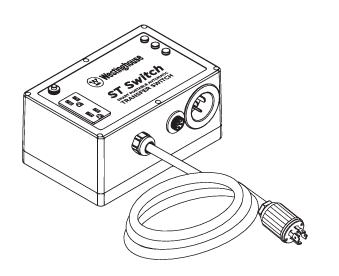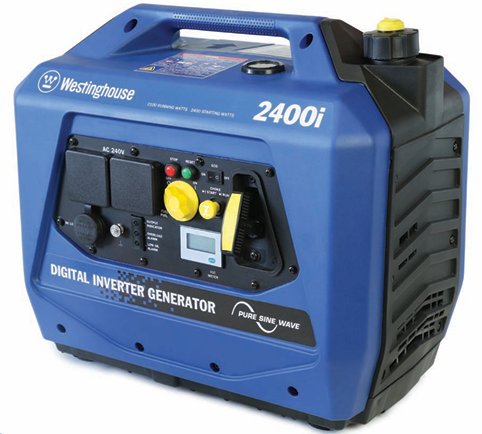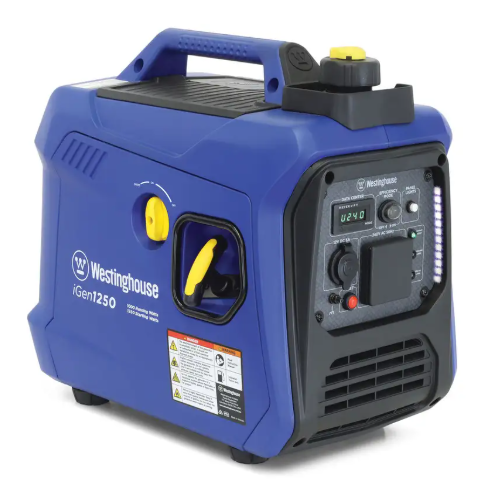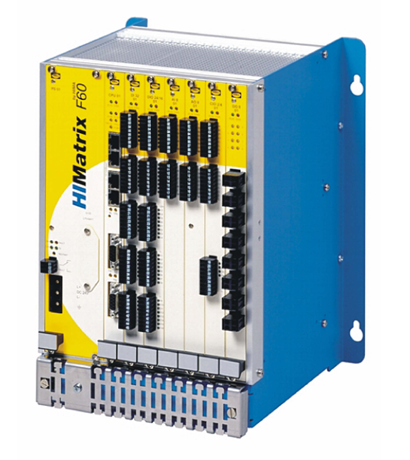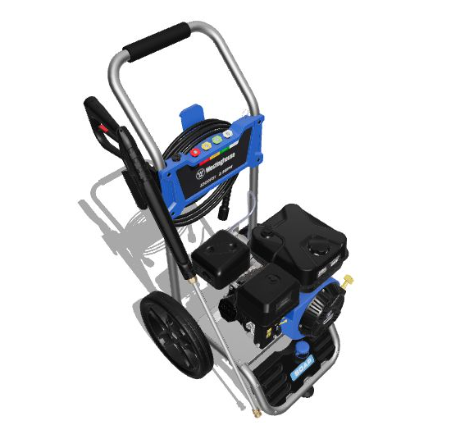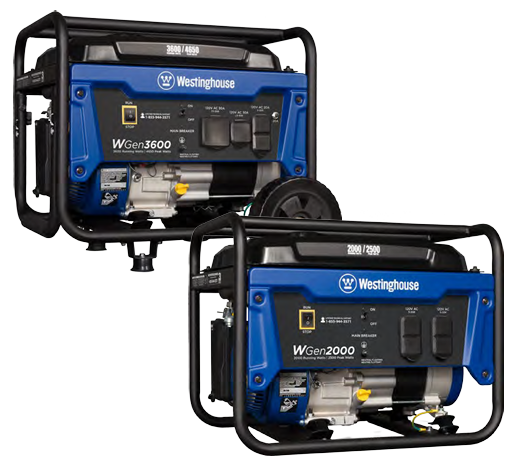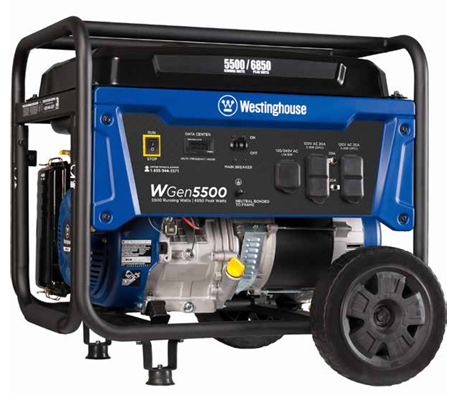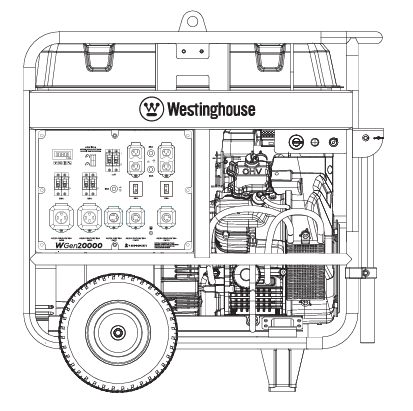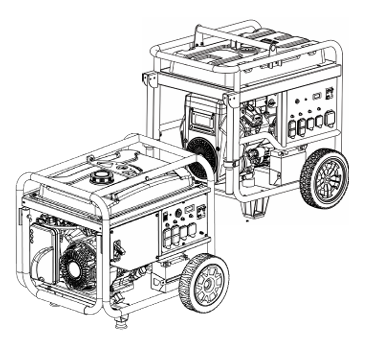ABB S3N 3P 150A is an industrial grade molded case circuit breaker (MCCB) belonging to the ABB SACE series low-voltage distribution protection equipment. Its core positioning is the power distribution and fault protection unit for three-phase AC circuits. It achieves rapid response and disconnection of faults such as overload, short circuit, and undervoltage in lines and equipment through integrated thermal magnetic or electronic trip technology, and is widely applicable to low-voltage distribution systems in industrial plants, commercial buildings, power facilities, and other scenarios. It is a key component to ensure the safe operation of circuits.
ABB S3N 3P 150A circuit breaker
Product Overview
ABB S3N 3P 150A is an industrial grade molded case circuit breaker (MCCB) belonging to the ABB SACE series low-voltage distribution protection equipment. Its core positioning is the power distribution and fault protection unit for three-phase AC circuits. It achieves rapid response and disconnection of faults such as overload, short circuit, and undervoltage in lines and equipment through integrated thermal magnetic or electronic trip technology, and is widely applicable to low-voltage distribution systems in industrial plants, commercial buildings, power facilities, and other scenarios. It is a key component to ensure the safe operation of circuits.
Specifications
Device Model
S3N (3P 150A configuration)
Device Type
Molded case circuit breaker (air arc extinguishing)
polar number
3P (three-phase protection)
rated current
150A (adjustable release setting current)
Rated insulation voltage
400V AC (some models support 690V)
Rated working voltage
Below 400V AC
rated frequency
50Hz/60Hz compatible
Arc extinguishing medium
Air type (zero arc design)
Type of release device
Thermal magnetic/electronic optional
protection function
Overload long delay, short circuit short delay, short circuit instantaneous, undervoltage protection
Operation method
manual operation
Installation method
fixed type
Protection level
IP20 (installed inside the control cabinet)
certification standard
CCC、CE、UL 508
weight
About 1.2kg (plastic shell)
Performance characteristics
Efficient arc extinguishing and breaking capability
Adopting a parallel design of moving and stationary contact rods, utilizing the electric repulsion generated by short-circuit current to break the contacts in advance and limit the increase of arc; By combining gas ionization and arc extinguishing devices with arc cooling technology, zero arcing distance can be achieved, avoiding secondary faults caused by arc spraying. The breaking capacity can reach 15-36kA (depending on the specific model).
Flexible and precise protection features
The electronic release supports multi-mode protection parameter settings such as overload long delay inverse time limit, short circuit short delay inverse time limit/timed limit, and short circuit instantaneous. By adjusting the knob, the protection logic can be customized to achieve selective cooperation between upper and lower circuit breakers and reduce the range of power outages; The thermal magnetic release has the advantages of simple structure and strong anti-interference ability, and is suitable for conventional industrial scenarios.
Strong environmental adaptability
The working temperature range covers -5 ℃ to+40 ℃ (24-hour average ≤ 35 ℃), which can be adapted to most industrial workshops and commercial building environments; The plastic shell is made of flame-retardant insulation material, which has good impact resistance and chemical corrosion resistance, extending the service life of the equipment.
Safe and reliable operation design
The manual operating mechanism has clear opening and closing instructions, moderate operating torque, and can avoid misoperation; The zero arc design and enclosed plastic shell structure can effectively isolate the arc from external circuits, reducing the risk of electric shock for operation and maintenance personnel.
System adaptability flexibility
The rated current covers the range of 12.5-160A, and the 150A specification can be adapted to loads such as medium and high power motors and transformers; Support linkage with ABB AC500 PLC and distribution monitoring system, and achieve centralized monitoring of circuit operation through auxiliary contact feedback of opening and closing status.
Working principle
The ABB S3N circuit breaker is based on the core logic of "fault detection trip action circuit disconnection", and achieves protection function through the cooperation of the trip and mechanical mechanism. The specific process is as follows:
Fault detection stage:
Overload detection: The thermal element (bimetallic strip) generates heat and deforms through the thermal effect of current, and the deformation increases with the increase of current. When it exceeds the set threshold, a trip signal is triggered;
Short circuit detection: The electromagnetic release overcomes the reaction spring with the magnetic field force generated by the current, directly pushing the release mechanism to act, with a response time of only milliseconds;
Under voltage detection: When the voltage of the under voltage release device is lower than the rated value, the electromagnetic force weakens and the spring driven release mechanism operates.
Tripping and Breaking Stage:
After the tripping signal is triggered, the lever mechanism is unlocked, and the main spring pulls the main contact to quickly disconnect, cutting off the circuit; At the same time, the arc extinguishing system rapidly cools and elongates the arc, extinguishes the arc through gas ionization, and completes fault isolation. The entire breaking process is completed within 0.1 seconds.
Reset phase:
After troubleshooting, manually operate the handle to reset the locking hook, close the main contact again, and restore power supply to the circuit. It can be reused without replacing components.
Precautions
(1) Installation precautions
It needs to be installed in a control cabinet with an IP20 protection level to prevent dust and water vapor from entering; The installation location should be far away from strong electromagnetic interference sources such as frequency converters and high-power motors to prevent interference with the accuracy of the release action.
When wiring, it is necessary to distinguish between the incoming and outgoing ends (reverse connection is strictly prohibited). The cross-sectional area of the wire should match the rated current of 150A (it is recommended to use a 50mm ² copper core cable). The terminal tightening torque should comply with the manual requirements to avoid poor contact and heat generation.
For fixed installation, it is necessary to ensure that the bolts are tightened, and a heat dissipation space of ≥ 10mm should be reserved between adjacent circuit breakers to avoid the accumulation of temperature caused by dense installation affecting the protection characteristics.
Grounding treatment should be standardized, and the grounding terminal of the circuit breaker should be separately connected to the grounding bar of the distribution system, with a grounding resistance of ≤ 4 Ω, to enhance the safety of leakage protection.
(2) Precautions for operation and maintenance
Manually operate the opening and closing of the switch once every quarter to check the flexibility of the mechanism's action; Regularly (every six months) clean the dust on the surface of the plastic shell, use a dry brush to clean, and prohibit wiping with water or cleaning agents to prevent internal components from getting damp.
Verify the operating current through the distribution monitoring system every month to ensure that the load current does not exceed the rated value of 150A; If frequent tripping occurs, it is necessary to first investigate the load fault (such as motor stalling, line short circuit), and it is forbidden to blindly increase the setting current of the release.
Electronic release devices need to calibrate their protection parameters every 2-3 years to avoid accuracy drift caused by long-term operation; If the thermal magnetic release trips due to overload, wait for the bimetallic strip to cool down (about 15-30 minutes) before resetting. Forced resetting is prohibited.
The service life of the equipment is usually 10-12 years. If it is used beyond the expiration date, the breaking capacity and tripping accuracy need to be tested. If the performance deteriorates (such as prolonged breaking time or false tripping), it needs to be replaced in a timely manner to avoid protection failure.
(3) Selection and usage precautions
When selecting, it is necessary to clarify the load type: resistive loads (such as heaters) can use thermal magnetic release devices; Inductive loads (such as motors) require the use of electronic release devices, matched with short-circuit instantaneous protection thresholds (usually 10-12 times the rated current).
When used in conjunction with a frequency converter, an electronic model with anti harmonic capability should be selected to avoid the misoperation of the release caused by high-order harmonics generated by the frequency converter.
It is strictly prohibited to use beyond the rated current, for example, a 150A circuit breaker cannot be connected to a 180A load, otherwise it may cause safety accidents such as contact burnout and plastic shell deformation.

- User name Member Level Quantity Specification Purchase Date
- Satisfaction :
-









Email:wang@kongjiangauto.com

